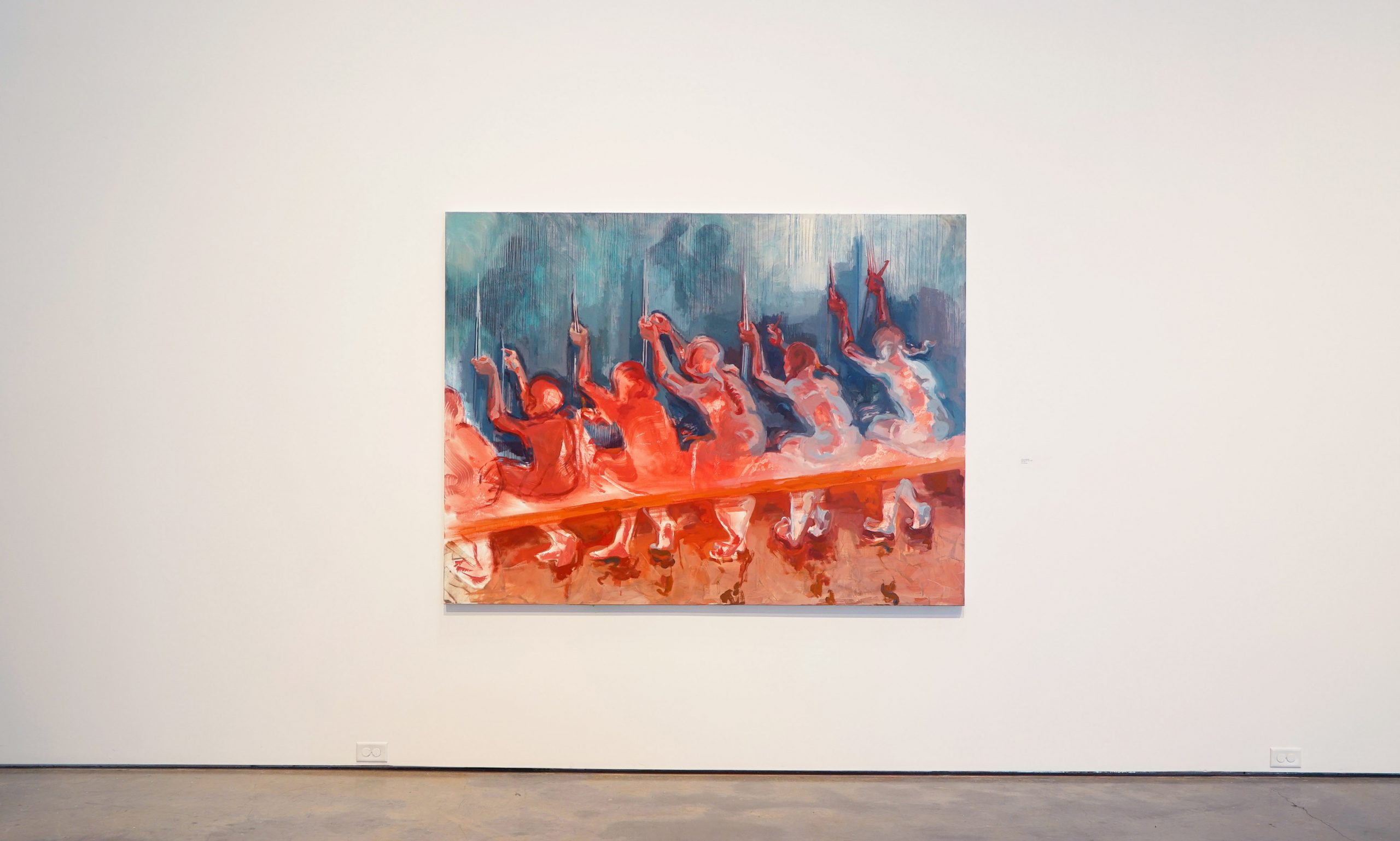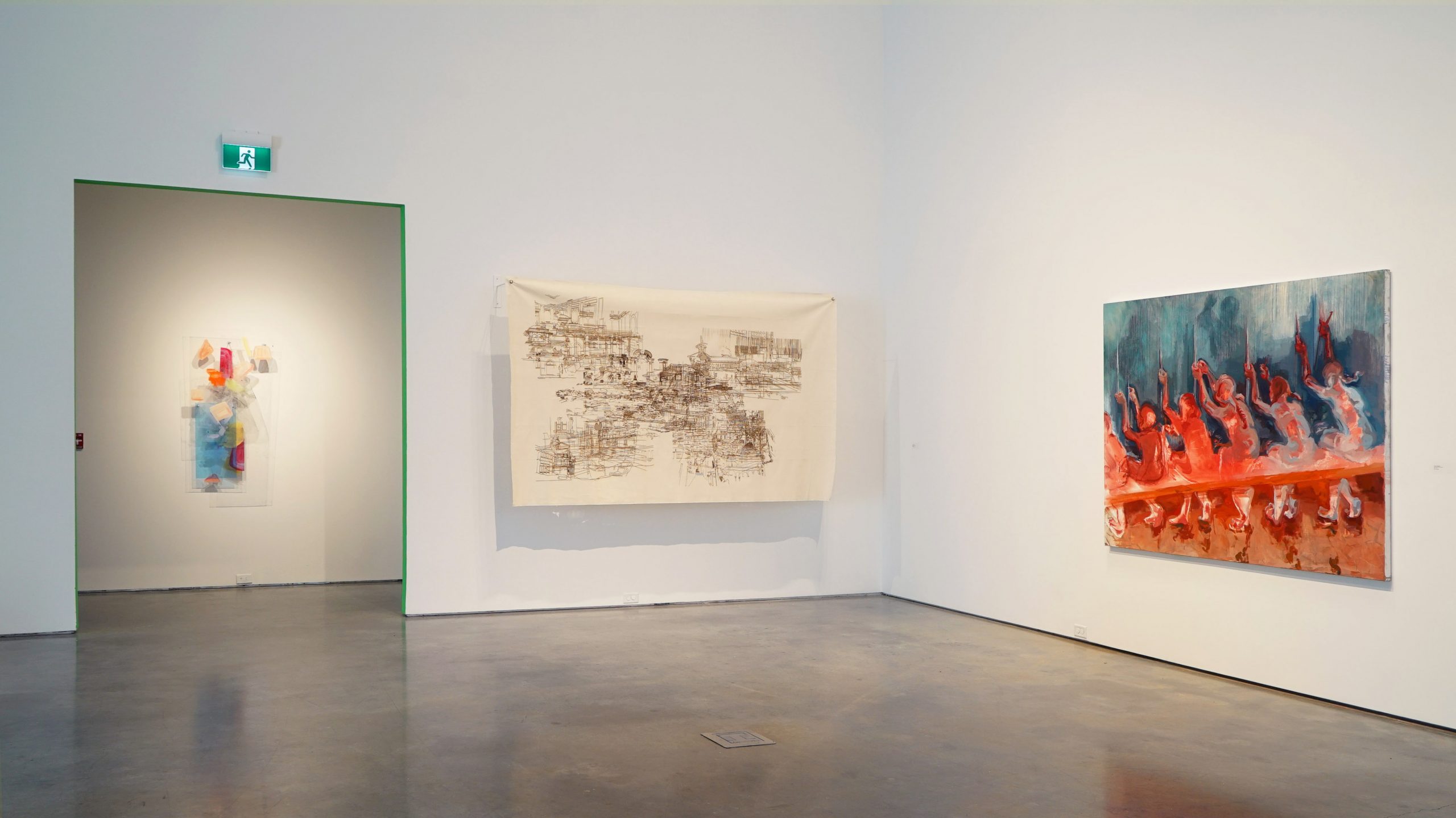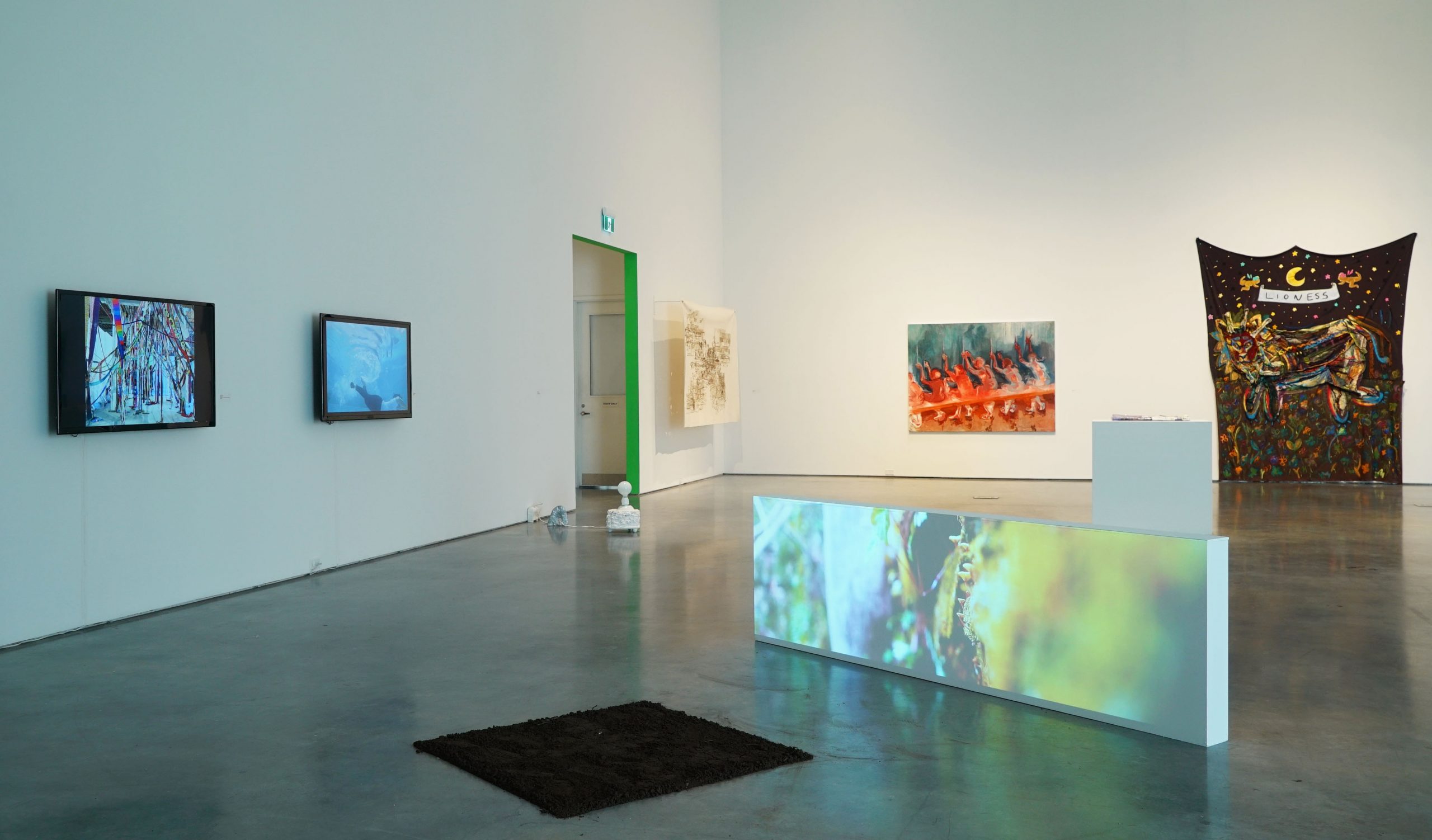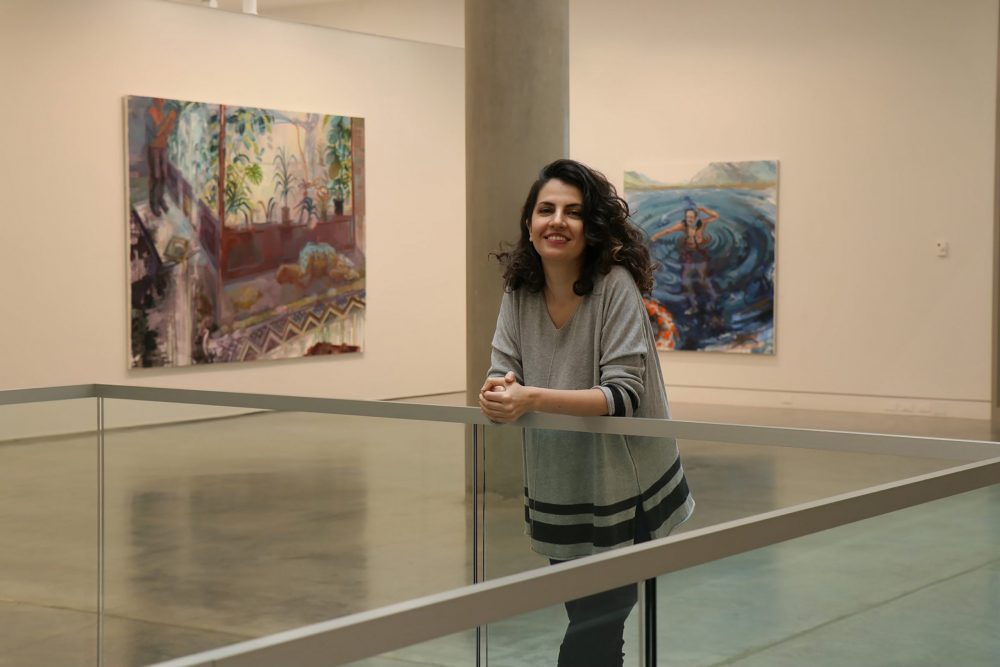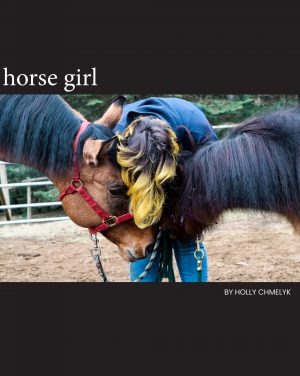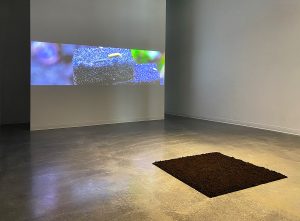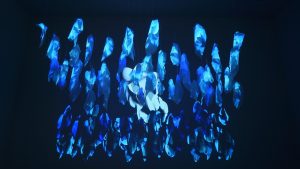The Journey of Accessing
Shoora Majedian
In the challenge between frustration and fascination of accessing memories, I can find the in-between moments of doubt and assurance. This immersion is not only in the formal investigation of color choices and mark-making but also in the cultural tradition and religious beliefs. Also, the excitement in childhood’s vision juxtaposes my current critical lens to construct the sensibility of those conflict moments.
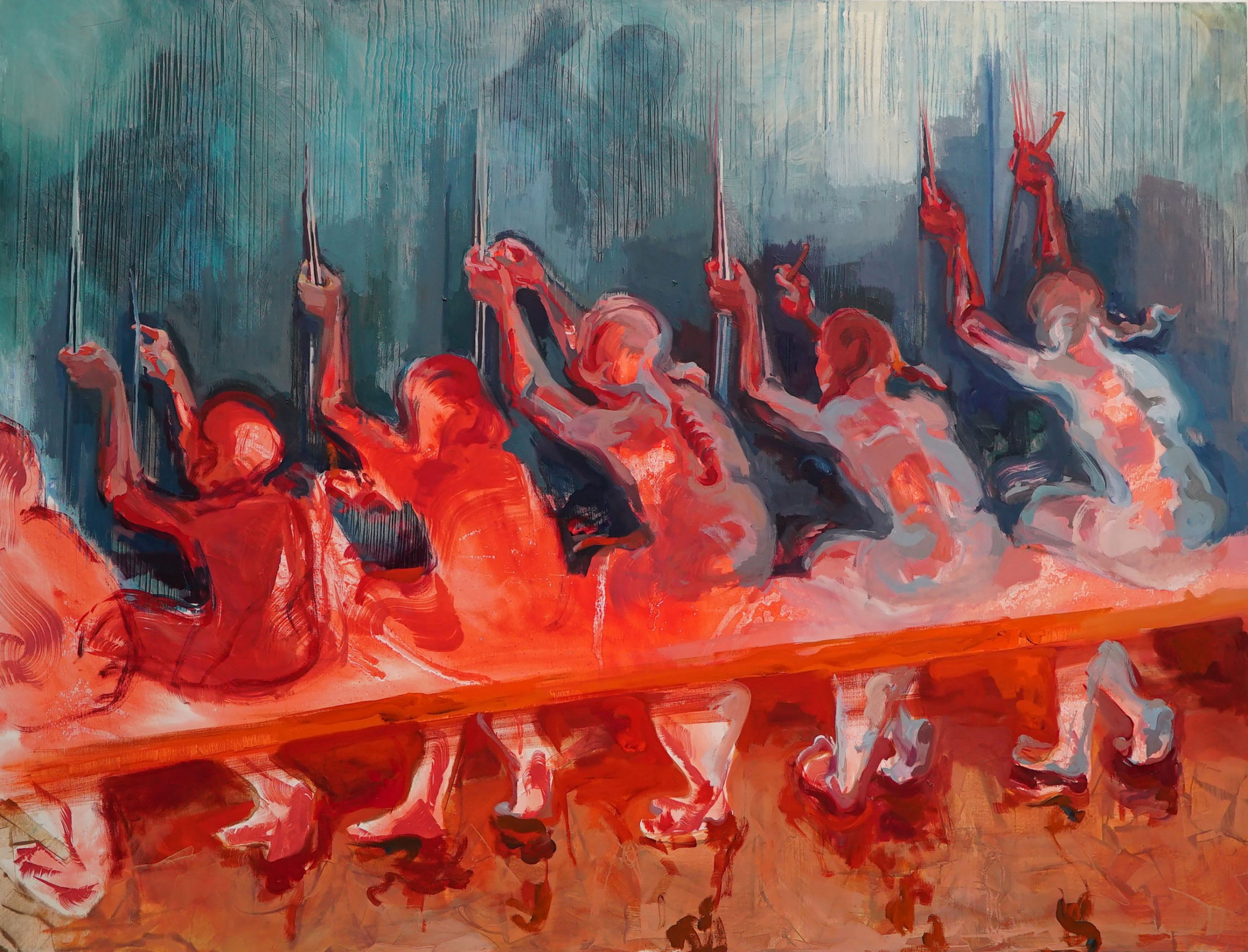
Weaving the Red
Remembering my grandmother made me fly into her memories. She told me the story of her childhood and the memory of weaving the carpet as a child. She and all the girls had been singing the song of weaving that was the instruction for patterns and colors, so she could follow them easier and faster.
I see your childhood behind the warp
The song of your small fingers
tightens the weft to the warp
You memorized the pattern of life
and wove the red carpet that slowly turns to grey
میتوانم از لابه لای دار قالی، چهره ات را ببینم
وقتی که نوای کودکانه آوازت را
با ضربه های شانه، لابه لای پود محکم میکردی
میبینم انگشتهای کوچکت را وقتی
تلاش میکرد نقش زندگی را از برکند
میخواند داستان قالی زندگی را که برایت سیاه و سفید شد
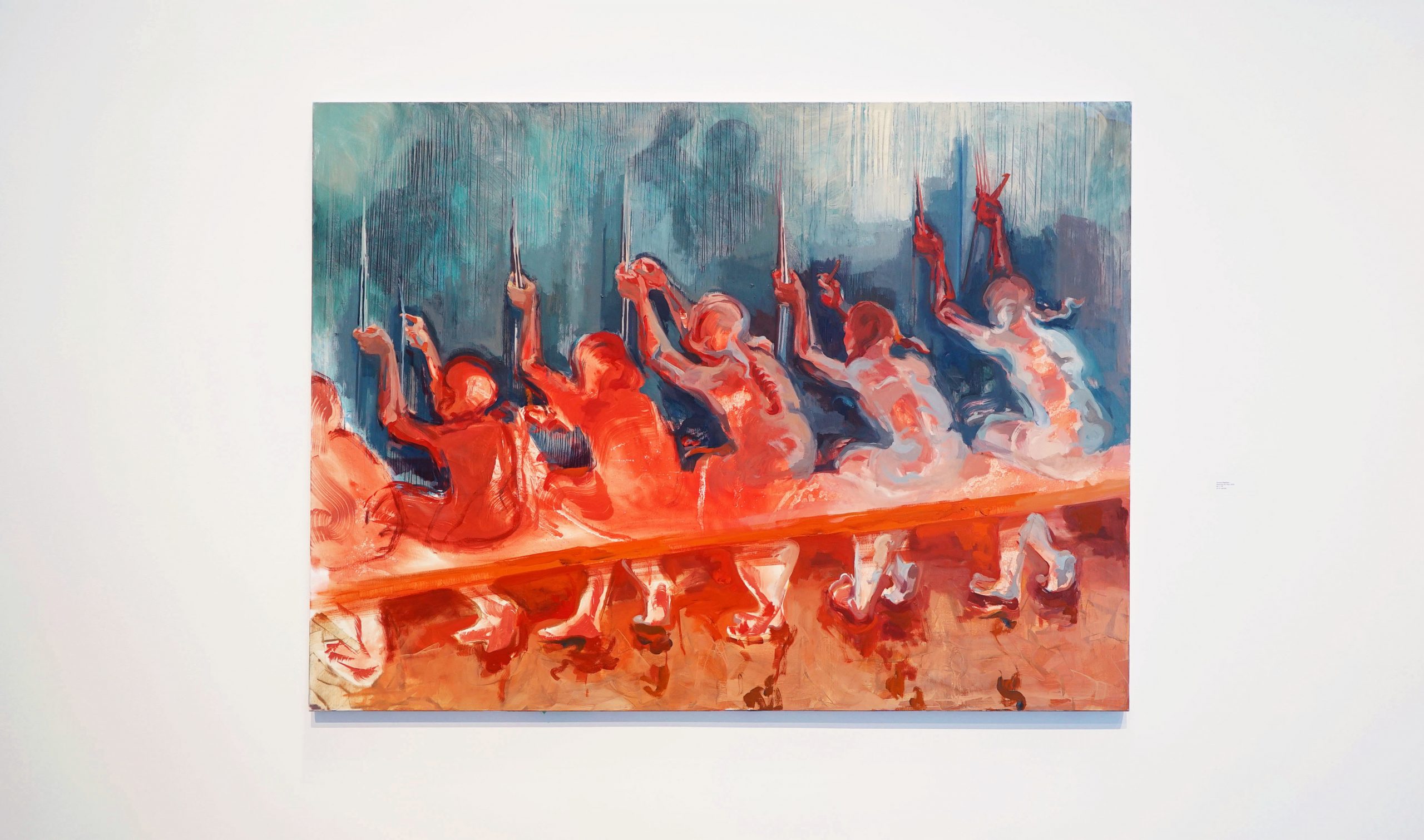
The repetition of the children reminded me of the repeated history for all women in Iran and what most of my generation have been through. Singing the song of the future that we chose to weave. I decided to bring the red color of the carpet to their bodies as well. The labor of the work was also embedded in the repetition of the warp. I positioned the canvas on the floor to paint the figures red, similar to the carpet angle on the floor. My body mimicked the figures and I had to stretch my arm similar to their pose. In considering the use of child labor in the carpet-making industry, each body in the painting has its own character but they look like one person after all. The bodies moving left to right become more structured with paint, but also lose their color, becoming overlain with grey. The hands also undergo a transformation from gestural to more anatomical. In art theoretical terms, ruin becomes a site to transform itself and its relationship with time, mutating into something different from itself.
We have been weaving this carpet, me and you
We have been counting the knots, days and years
The warps replicate the bodies
The bodies replicate the red
The red that is woven to us
The red that we are weaving
این قالی را بافته ایم، تو و من
ما، گره هایش را روزها و سالها شمرده ایم
دار قالی بدن را تکرار میکند
و بدن، قرمز را
قرمزی که در ما بافته شده است
یا ما، قرمز را بافته ایم
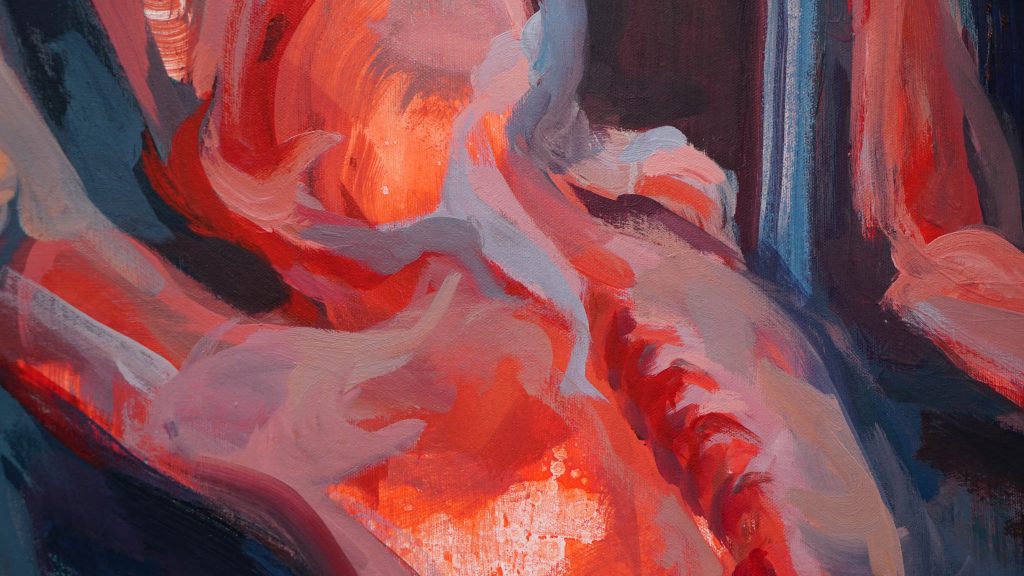
Weaving the Red, Detail of the Painting
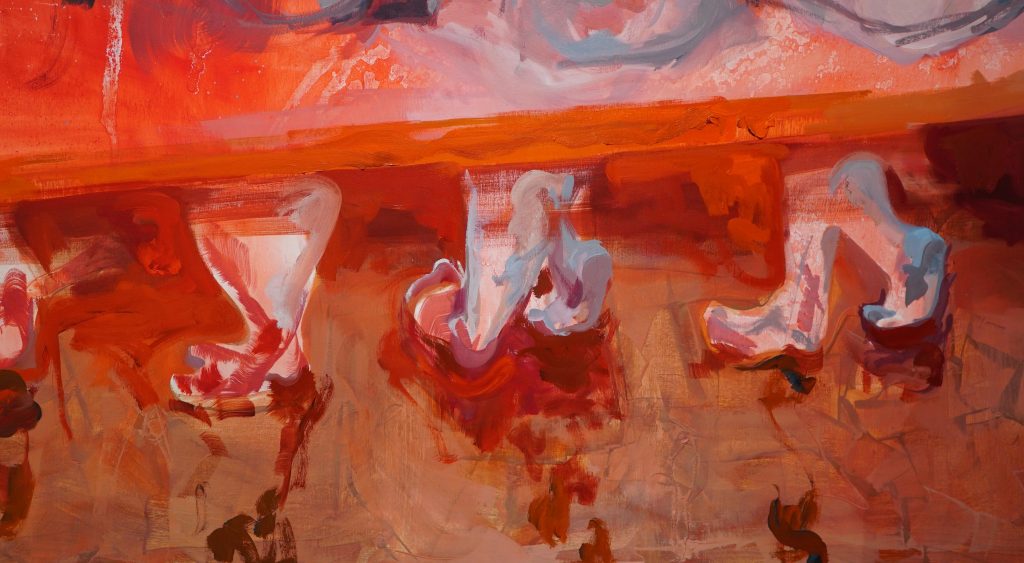
Weaving the Red, Detail of the Painting
